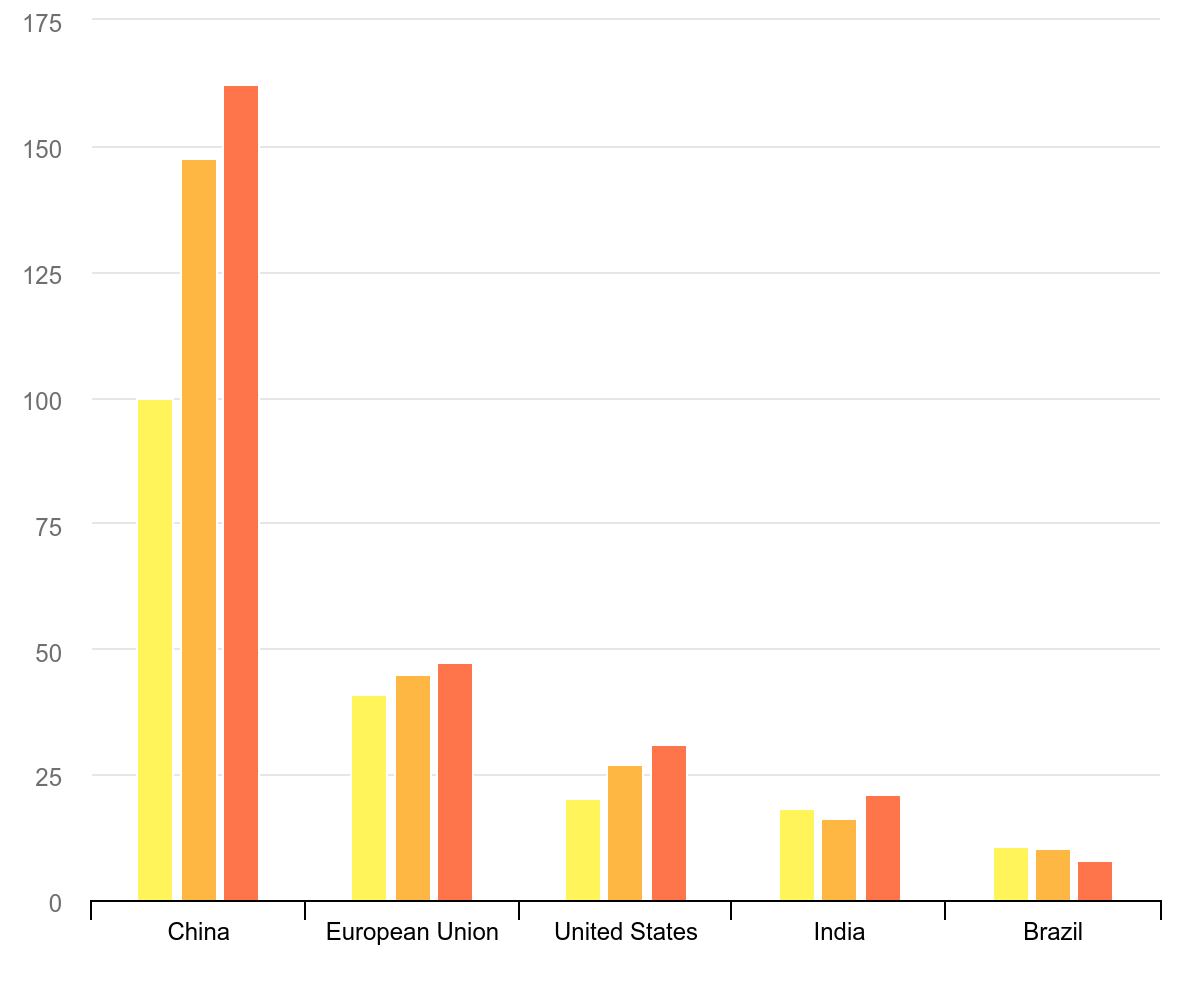Exploring Solar Energy: Facts and Figures
Exploring Solar Energy: Facts and Figures
Unveiling the Potential
The sun, a boundless source of renewable energy, holds immense potential for powering our planet. However, only a fraction of this potential is currently harnessed for electricity generation.
1. The Power of Sunlight
- Sunlight that reaches the Earth’s surface every hour and a half could fulfill the world’s energy needs for an entire year.
- In the U.S., renewable energy resources are abundant enough to produce 100 times the country’s annual electricity demand.
- Solar power stands out as the leading renewable energy source for electricity generation in the U.S.
Despite these promising figures, renewable energy technologies in the U.S. captured only 0.2% of the total renewable energy potential in 2020. Specifically, a mere 0.03% of solar energy available in the U.S. was utilized for electricity generation.
2. Current Solar Energy Usage
Despite challenges, the solar industry continues to make strides.
- Solar energy now powers about 3.4% of the electricity generated in the U.S., up from 2.8% in 2021.
- In 2022, solar accounted for 15.9% of electricity generated by renewable sources, showing a steady increase from the previous year.
- The average cost of a residential solar system in the U.S. ranges from $10,290 to $20,580.
- Forty-five percent of new capacity added to the U.S. electrical grid in the first half of 2023 came from solar energy.
- Despite supply chain challenges, solar capacity additions are projected to increase by 107 GW in 2023, marking the largest increase ever.
While solar prices are anticipated to decrease in 2024, they are expected to remain higher than 2020 levels due to strong demand and supply chain issues.

3. The Future of Solar Energy
The future of solar energy in the U.S. is promising, driven by favorable legislation and increasing demand for renewable energy.
- Solar energy is expected to account for 67% of the growth in renewable energy capacity in 2023.
- New solar additions are projected to reach nearly 200 gigawatts in 2023, setting another record.
- The Inflation Reduction Act (IRA), passed in August 2022, provides further incentives for solar installations, with experts anticipating a 40% increase between 2023 and 2027.
- However, ongoing supply chain constraints may delay Americans from fully benefiting from the IRA until at least 2024.
- Globally, the manufacturing capacity of solar PV is forecasted to reach nearly 1,000 GW in 2024, indicating continued growth and investment in solar energy.

Discover more from Cheap&Easy
Subscribe to get the latest posts sent to your email.





2 thoughts on “Exploring Solar Energy: Facts and Figures”